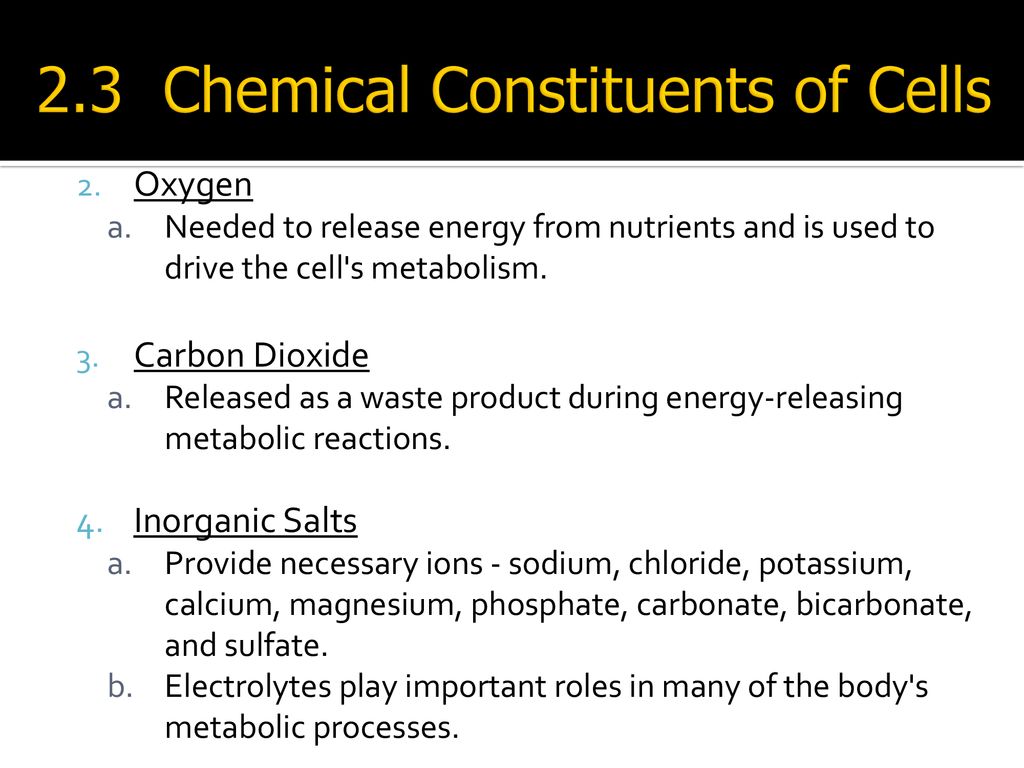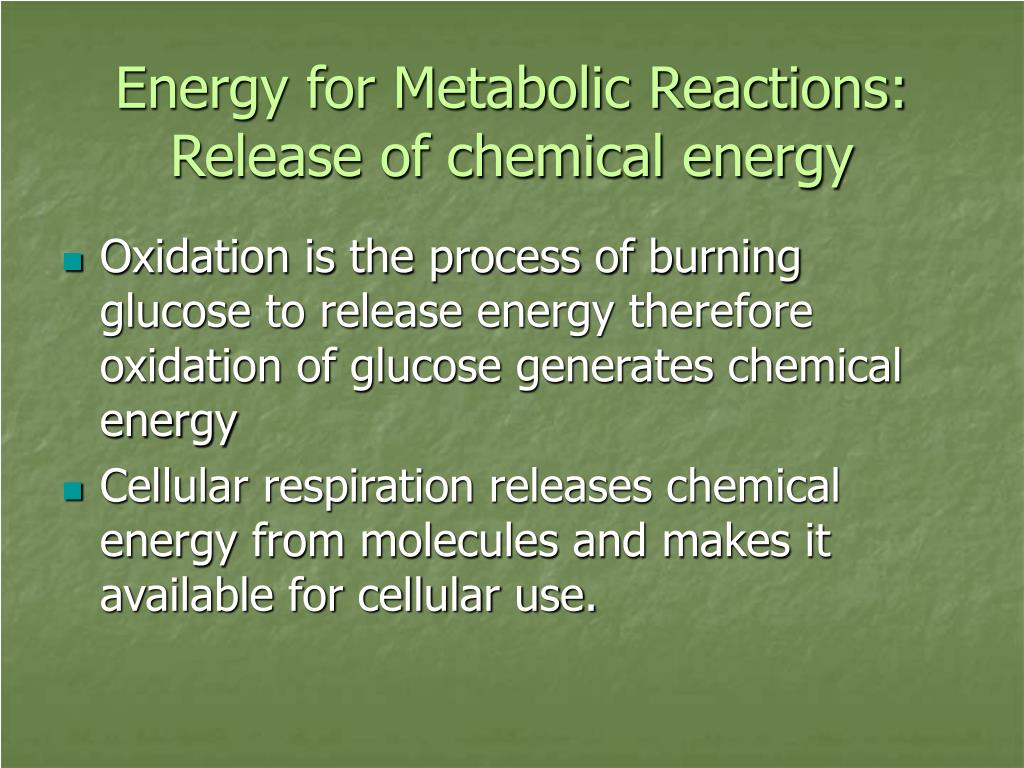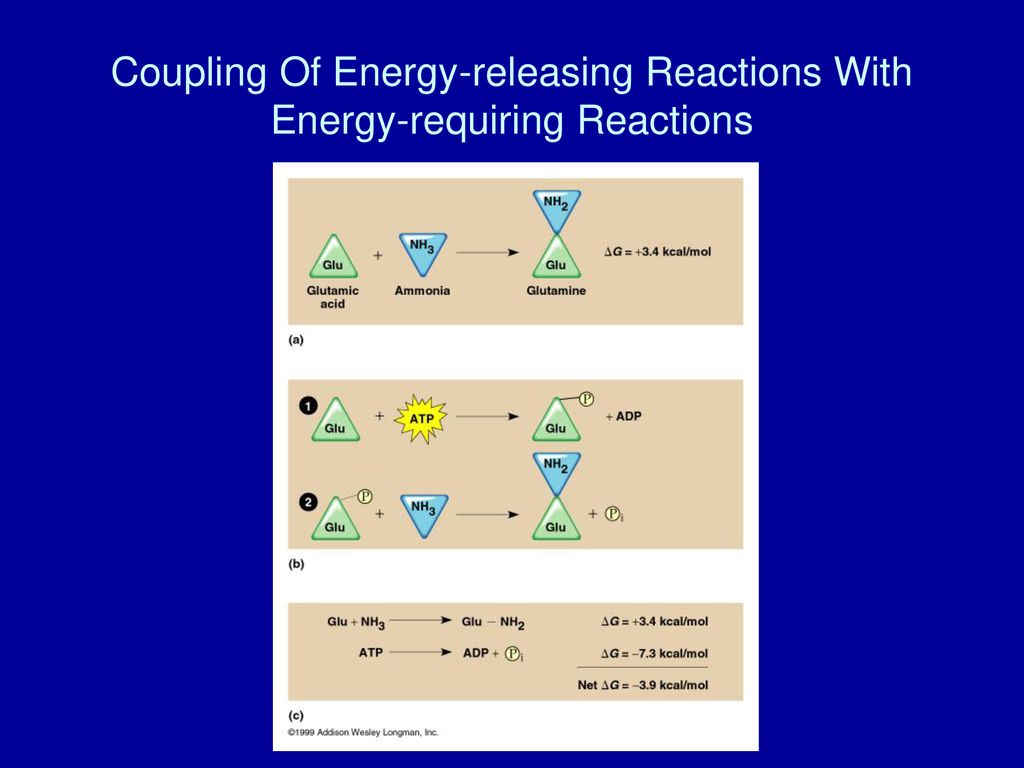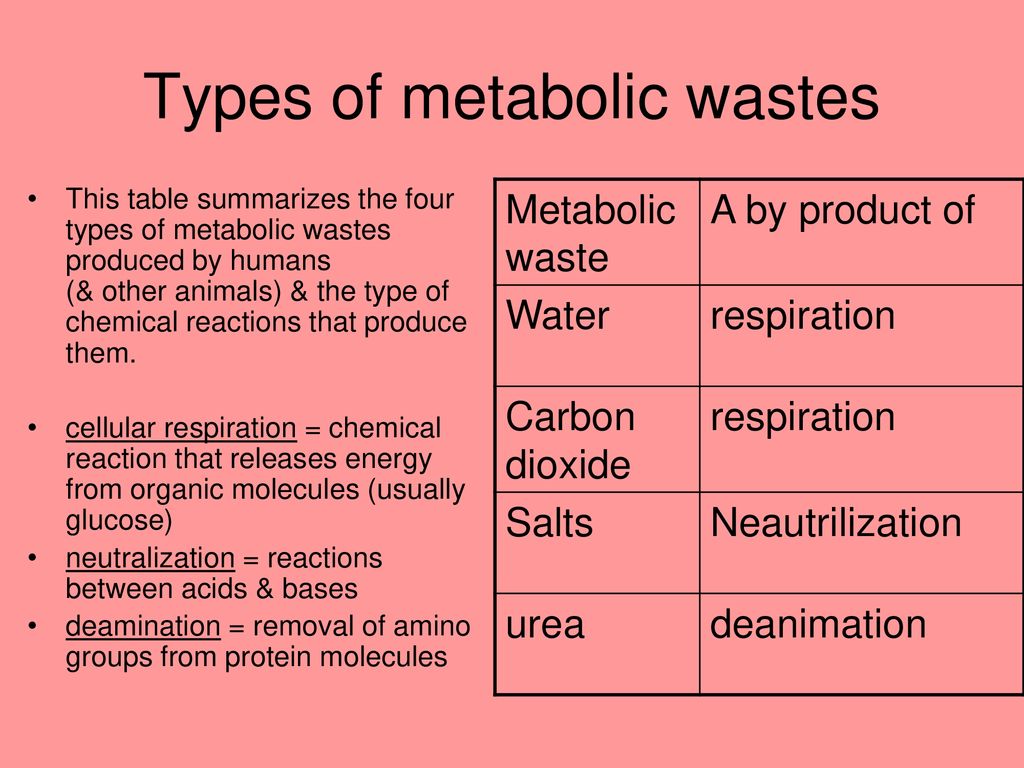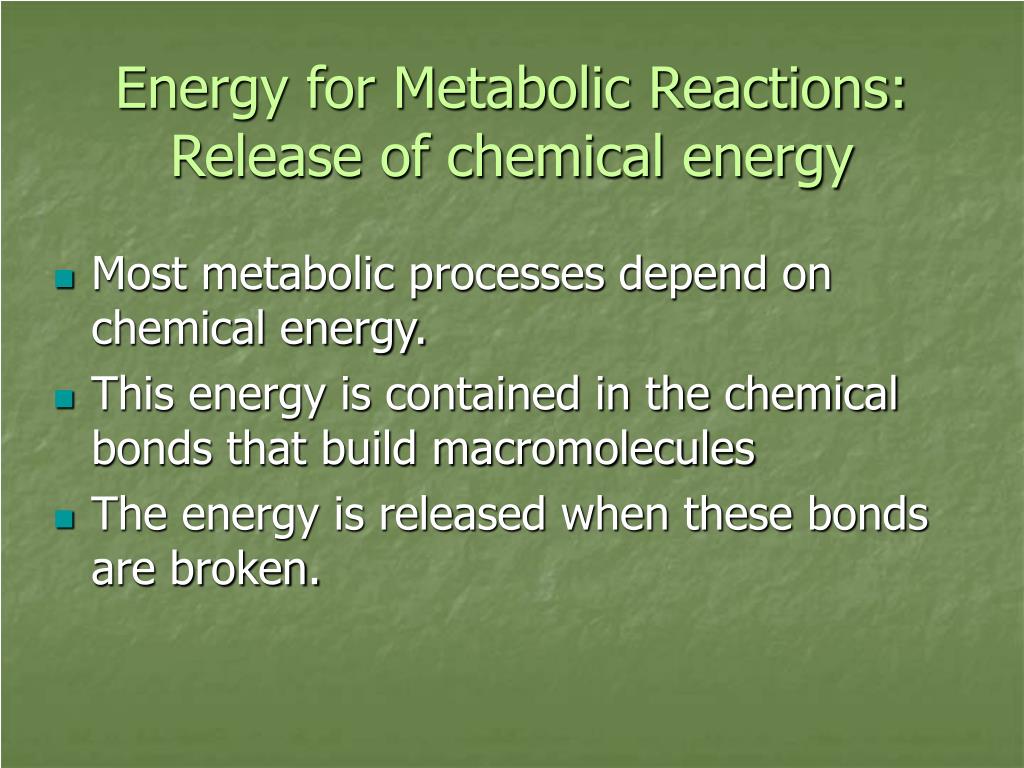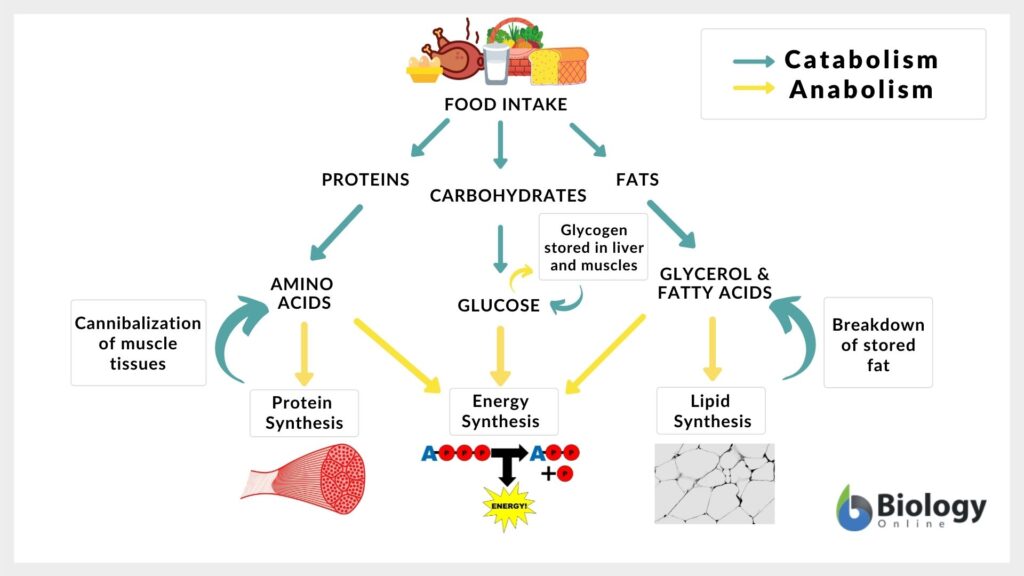Waste Product Of Energy-releasing Metabolic Reactions

Invisible yet ubiquitous, the waste products of our bodies' fundamental energy-releasing reactions silently shape our health, environment, and even the future of sustainable technologies. From the carbon dioxide we exhale with every breath to the metabolic byproducts processed by our kidneys and liver, these seemingly insignificant substances are increasingly recognized as crucial players in a complex global drama.
Understanding the intricacies of these metabolic waste products – what they are, where they come from, and what impact they have – is critical for addressing everything from human health to climate change. This article delves into the world of energy-releasing metabolic waste, exploring its diverse forms, the scientific advancements in detecting and managing them, and the ongoing efforts to harness their potential for a more sustainable future. We'll examine how understanding these byproducts informs medical diagnostics, fuels innovative waste-to-energy solutions, and reshapes our perspective on the interconnectedness of human biology and environmental health.
The Nature of Metabolic Waste
Metabolic waste products are substances generated as a result of biochemical reactions that release energy within living organisms. These reactions, collectively known as metabolism, are essential for life, providing the energy needed for everything from muscle contraction to brain function.
However, metabolism is not a perfectly efficient process. It inevitably produces byproducts that the body must eliminate to maintain a stable internal environment, a state known as homeostasis.
The most common waste products include carbon dioxide (CO2), water, urea, uric acid, creatinine, and various salts. Each is formed through different metabolic pathways.
Carbon Dioxide: The Primary Exhalation
CO2 is the primary waste product of cellular respiration, the process by which cells break down glucose and other molecules to generate energy. This process occurs in the mitochondria, the powerhouses of the cell.
The CO2 is then transported through the bloodstream to the lungs, where it is exhaled. Excess CO2 in the body can lead to acidosis, a condition where the blood becomes too acidic, disrupting cellular function.
Nitrogenous Waste: Urea, Uric Acid, and Creatinine
Urea, uric acid, and creatinine are nitrogenous waste products resulting from the breakdown of proteins and nucleic acids. These substances are primarily processed and eliminated by the kidneys through urine.
Urea is formed in the liver from ammonia, a highly toxic byproduct of protein metabolism. Uric acid results from the breakdown of purines, components of DNA and RNA.
Creatinine is a waste product of muscle metabolism. Elevated levels of these nitrogenous wastes in the blood can indicate kidney dysfunction, a condition known as uremia.
Impacts on Health and the Environment
The accumulation of metabolic waste products can have significant impacts on both human health and the environment. Understanding these impacts is crucial for developing strategies to mitigate their negative effects.
In the human body, the buildup of these substances can lead to a range of health problems, from kidney failure and gout to metabolic disorders and even neurological damage.
Environmentally, the release of certain metabolic waste products, particularly in large quantities from agricultural and industrial activities, can contribute to pollution and climate change.
Medical Diagnostics and Monitoring
Analyzing the levels of metabolic waste products in bodily fluids like blood and urine is a cornerstone of medical diagnostics. These tests can provide valuable insights into the function of various organs and systems.
For example, blood urea nitrogen (BUN) and creatinine levels are commonly used to assess kidney function. Similarly, elevated levels of uric acid can indicate gout or kidney stones.
Advances in metabolomics, the study of small molecule metabolites, are enabling the identification of novel biomarkers for early disease detection and personalized medicine. Metabolomics offers detailed metabolic profiles to understand various disease states.
Environmental Concerns and Mitigation
The release of metabolic waste products into the environment can have detrimental effects on water quality, air quality, and soil health. For instance, excessive nitrogenous waste from agricultural runoff can contribute to eutrophication, the excessive enrichment of bodies of water with nutrients, leading to algal blooms and oxygen depletion.
Methane (CH4), another waste product of anaerobic metabolism, is a potent greenhouse gas that contributes significantly to climate change. Reducing methane emissions from sources like livestock farming is a critical challenge.
Sustainable waste management practices, such as wastewater treatment and anaerobic digestion, can help mitigate the environmental impacts of metabolic waste.
Anaerobic digestion, in particular, can convert organic waste into biogas, a renewable energy source.
Harnessing Metabolic Waste: A Sustainable Future
Instead of viewing metabolic waste solely as a problem, researchers are increasingly exploring its potential as a resource. Innovative technologies are being developed to harness these byproducts for various applications.
One promising area is waste-to-energy conversion, where metabolic waste is used as a feedstock for producing biofuels, electricity, and other valuable products.
Furthermore, metabolic waste products can be used to create bio-based materials, reducing our reliance on fossil fuels and promoting a circular economy.
Waste-to-Energy Technologies
Anaerobic digestion is a well-established waste-to-energy technology that uses microorganisms to break down organic waste in the absence of oxygen, producing biogas and a nutrient-rich digestate. The biogas can be used for heating, electricity generation, or upgraded to biomethane for use as a transportation fuel.
Another promising technology is microbial fuel cells (MFCs), which use bacteria to generate electricity directly from organic waste. MFCs have the potential to treat wastewater while simultaneously producing renewable energy.
Bio-Based Materials
Certain metabolic waste products, such as lactic acid produced during fermentation, can be used to create biodegradable plastics. These plastics offer a sustainable alternative to conventional petroleum-based plastics.
Chitin, a polysaccharide found in the exoskeletons of insects and crustaceans, is another abundant waste product that can be converted into various bio-based materials with applications in packaging, biomedicine, and agriculture.
Conclusion
The waste products of energy-releasing metabolic reactions are far more than just inert byproducts. They are integral to understanding human health, environmental sustainability, and the potential for innovative technologies. By viewing these substances not as mere waste, but as potential resources, we can unlock new avenues for sustainable energy production, material development, and improved healthcare.
Continued research and development in areas such as metabolomics, waste-to-energy technologies, and bio-based materials are essential for realizing the full potential of metabolic waste. Only through a comprehensive understanding and innovative management can we transform these byproducts into valuable assets, contributing to a healthier and more sustainable future for all.
The journey from waste to resource is complex, but the potential rewards are immense. Embracing this challenge requires a collaborative effort involving scientists, engineers, policymakers, and the public. The future depends on it.
